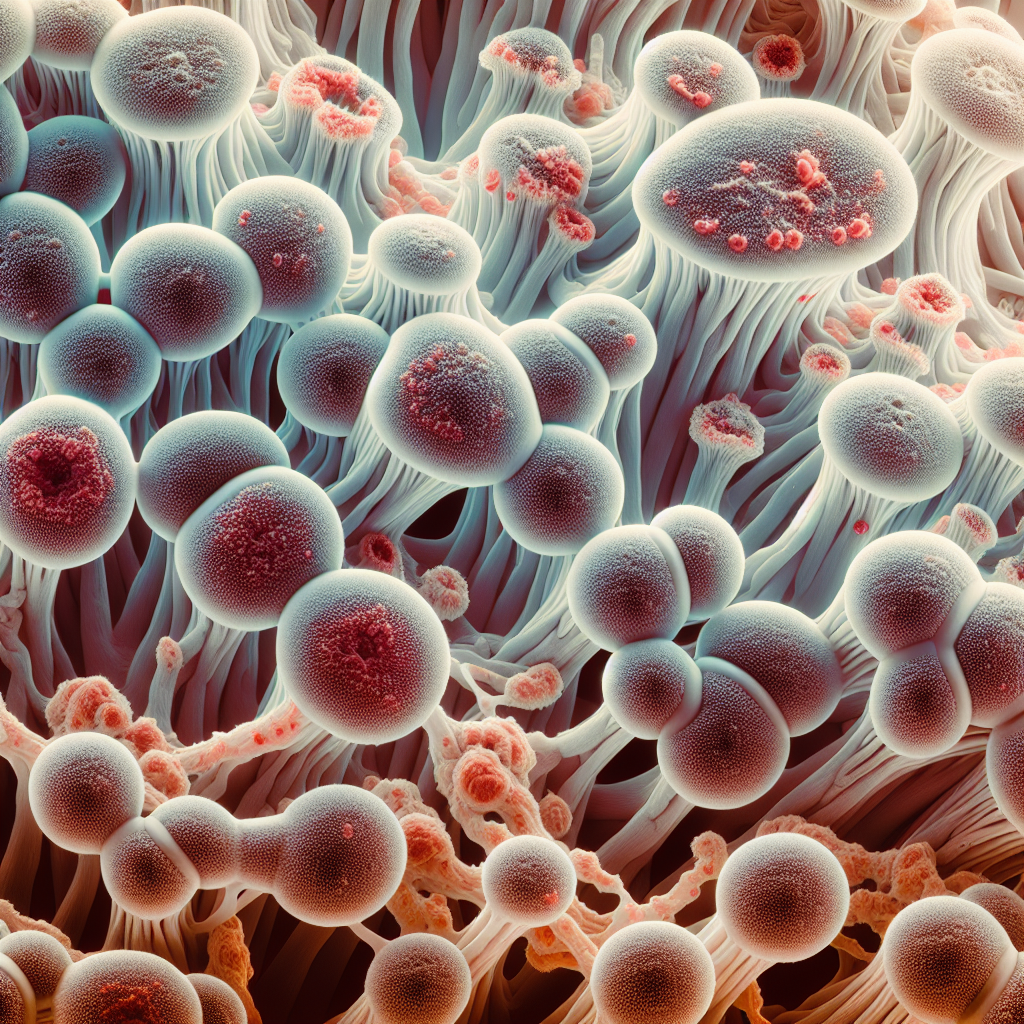As you embark on your exploration into the fascinating realm of mycology – a field devoted to studying fungi, you may find yourself asking what the distinct differences between Mycelium and Hyphae are. ‘Understanding the Difference: Mycelium vs Hyphae’ is designed to illuminate these concepts for you, breaking down each term’s definition, functions, and their contributions to the life cycle of fungi. Presented in an accessible and straightforward manner, this guide aims to enrich your knowledge and perspective on the vital roles these fungal structures play in nature.

Basic Definitions
Definition of Mycelium
Mycelium is the complex, thread-like network of filamentous cells of fungi that typically lies beneath the surface of the growth medium. It is the vegetative part of a fungus, formed by the interconnected network of hyphae. It plays a crucial role in nutrient absorption, survival, and reproduction of the fungus organism.
Definition of Hyphae
Hyphae are the long, branching, filamentous structures that make up the mycelium. Each hypha is a thread-like structure that grows at its tip. Hyphae are the key building blocks of the fungal colony and serve as the primary structure for nutrient absorption.
Structural Differences
Structure of Mycelium
The structure of mycelium is an intricate, thread-like network, or a mat of hyphae. Each individual thread, a hypha, joins with others, forming an interconnected web. This structure of the mycelium allows it to effectively spread out and colonize a substrate, taking advantage of the available resources.
Structure of Hyphae
Hyphae are tubular structures, separated by walls called septa. Each hypha consists of one or more cells surrounded by a tubular cell wall. The tricks by which Hyphae grow involves the elongation at the hyphae tip, forming branches as it grows.
Function
Role and function of Mycelium
Mycelium plays a vital role in the life cycle of a fungus. It serves as the primary location for nutrient absorption and water intake. Mycelium also allows the fungus to reproduce by forming fruiting structures such as mushrooms.
Role and function of Hyphae
Hyphae serve as the primary structure for nutrient absorption. They elongate and branch, penetrating the substrate, thus providing a larger surface area for nutrient uptake. Hyphae also contribute to the reproduction of the fungus, as they form part of the fruiting bodies.
Reproduction Methods
How Mycelium Reproduces
Mycelium reproduces asexually through the formation of spores, which are produced on specialized structures formed by the mycelia, such as mushrooms. Upon maturation, these spores are released and, when conditions are ideal, they germinate and form new mycelium networks.
How Hyphae Reproduces
Hyphae also reproduce asexually through the formation of conidia or spores. These spores are formed at the tips or sides of hyphae. Like mycelium, these spores can germinate to form new mycelium networks when conditions are favorable.
Types
Types of Mycelium
There are different types of mycelium based on structure and pattern of growth:
- Rhizomorphs are thick, root-like structures with a cord-like appearance.
- Runner hyphae, which are long, quickly growing hyphae that extend along the surface of the substrate.
- Aerial mycelium, which are strands of mycelium that extend upwards into the air.
Types of Hyphae
Hyphae can also be classified into several types:
- Septate hyphae, which have cross walls (septa) along their length.
- Coenocytic hyphae, which lack cross walls and thus appear as long, continuous cells.
- Vegetative hyphae, which absorb nutrients, and aerial hyphae, which produce spores.
Role in Ecosystem
Role of Mycelium in Ecosystem
Mycelium plays a crucial role in ecosystems as decomposers, breaking down organic material and recycling nutrients back into the soil. They can also form mutualistic relationships with plants in the form of mycorrhizae, enhancing the plant’s access to water and nutrients.
Role of Hyphae in Ecosystem
Like mycelium, hyphae also play a vital part in the ecosystem. They are mainly responsible for the decomposing function of fungi, breaking down organic matter into simpler compounds that can be absorbed by plants, thus aiding in nutrient cycling.
Nutrient Acquisition
How Mycelium Acquires Nutrients
Mycelium acquires nutrients by secreting enzymes that break down organic material in the substrate, converting it into simpler compounds that can be absorbed by the hyphae.
How Hyphae Acquires Nutrients
Hyphae absorb nutrients directly from the substrate into their cells. They secrete enzymes to break down complex compounds in the substrate, then absorb these resulting simpler compounds.
Growth
Growth Characteristics of Mycelium
Mycelium growth is influenced by available nutrients, moisture, temperature, and pH of the surrounding environment. It grows, spreads, and colonizes substrate rapidly under suitable conditions.
Growth Characteristics of Hyphae
The growth of hyphae is characterized by the extension and branching of the tips. This make the hyphae to move into new areas of the substrate increasing its surface area for nutrient absorption.
Relation to Fungi
Mycelium — The vegetative part of a fungus
Mycelium is essentially the vegetative body of a fungus. It is the visible mass of hyphae that forms the structure which we often associate with fungi, except for fruiting bodies such as mushrooms.
Hyphae — Single strand that forms the mycelium
Hyphae are the individual threads that come together to make up the mass known as mycelium. Each single stretch is a hypha, and the collective network of these filaments is referred to as the mycelium.
Comparison and Contrast
Comparing Mycelium and Hyphae
Mycelium and hyphae are both integral parts of a fungus. They are both involved in nutrient acquisition and reproduction. Mycelium is made up of hyphae, and both are involved in the growth and spread of the fungus.
Contrasting Mycelium and Hyphae
While they are closely related, there are differences between mycelium and hyphae. Hyphae are the individual filamentous threads, while mycelium represents the network of these threads. Hyphae are responsible for direct absorption of nutrients, while mycelium, on a larger scale, works to efficiently colonize the substrate taking advantage of available resources.
